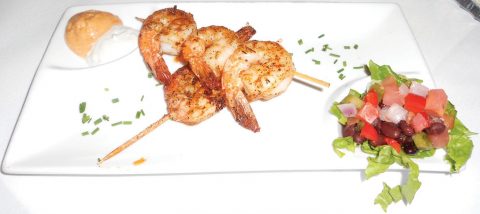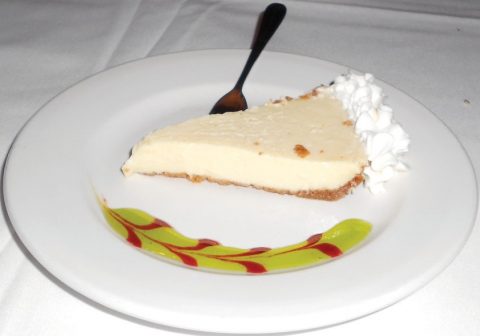WHEN WE LONG TO GET AWAY FROM THE city traffic and the sea of chain restaurants, savvy Southwest Floridians take a leisurely drive to the islands.
There’s nothing like wending your way through the tree-lined curves of Sanibel- Captiva Road or crossing the Matlacha Pass bridge into the Old Florida wonderland of Pine Island to make you feel like you’ve left the workaday world far behind.
Such is the singular charm of a destination like Tarpon Lodge, which is even more thoroughly steeped in history and the authentic Florida experience than most coastal landmarks. Dating to 1926, the lodge and restaurant sit on the edge of Pine Island Sound, a renowned angling hot spot and storied commercial fishing hub.
Just across the narrow road lie pre-Colombian shell mounds amassed by Calusa Indians that offer a peerless view over the waters plied by the tribe for 1,500 years. Be sure to arrive well before sunset in order to have time to explore the grounds.
Tarpon Lodge is owned by the Wells family, stewards of another well-known island treasure, the Cabbage Key Inn and Restaurant. Tarpon Lodge is less casual than its sister resort, where boatloads of tourists disembark in swimsuits and cover-ups for burgers and fish sandwiches. At Tarpon Lodge, white linens cover the tables. Although patrons may wear shorts, they are likely to tuck in their Columbia Sportswear shirts when they sit down for dinner.
Naturally, the menu emphasizes seafood. Blue crabs are harvested in nearby waters, so one might reasonably assume the several crab dishes on the menu are a nod to local catch. It’s surprising not to see Pine Island Sound clams on the menu, as well as more indigenous fish options; grouper Oscar was the fish special of the night.
Piped-in jazz wafted through the dining rooms when we arrived on a recent weekend. It was a tad too chilly for sitting on the patio, so we stayed indoors. The interior decor is tastefully restrained when it comes to stereotypical fishing lodge trappings; the white walls bear Florida landscapes, while the wood floors creak with the history of decades of fishermen’s footsteps.




